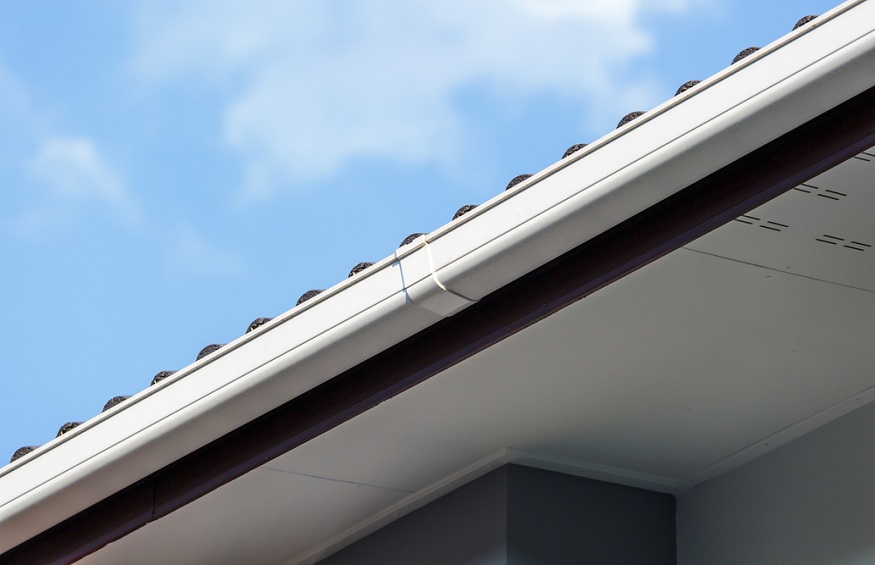The Secret to Protecting Your Home from Seasonal Showers

The rainy season brings a deluge of potential household headaches from water intrusion. From flooded basements to wet attics and interior leaks, excess rain and improper drainage quickly damages structures. Implementing protective measures prepares your home for the months ahead when showers increase. A dry, maintained dwelling will come through inclement seasons in great shape.
Inspecting Vulnerable Areas
Begin by surveying any previous water intrusion locations. Check for warped, discolored, or cracking materials that indicate prior leaks. Common problem areas include:
- basement walls/floors
- attic ceilings/walls
- around windows and doors
- patios, decks, balconies
- flat roof seams.
Monitoring these leak-prone areas ensures you catch any new issues quickly before major damage results.
Clearing Gutters and Downspouts
Clogged gutters force water to overflow and infiltrate the structure. Regularly clear out leaves, sticks and debris to maintain flow. Confirm downspouts direct water well away from the foundation. Straighten sagging gutters and realign disconnected sections. Evaluate whether the existing system adequately handles roof runoff or if upgrades would improve performance.
According to the experts at Global Gutter Systems, installing rain gutter coverings adds another layer of protection. Choices like perforated gutter guards allow water to flow through while blocking debris. Dome or screen systems fit over hanging gutters to prevent clogging. Routine cleaning removes any residual buildup on guards.
Checking Grading and Drainage
Make sure the surrounding landscape slopes to channel rainwater away from the home. Fill any low spots or soil erosion near the foundation. Clogged or improperly sloped French drains should be cleaned out and repaired. Downspout extensions prevent water from pooling next to the house. Splash blocks protect the foundation from erosion. Adequate site drainage keeps water away from vulnerable structure.
Sealing Vulnerable Seams and Joints
Search for missing or cracked caulk and seals around windows, doors, pipes, and wiring penetrations. These become easy entry points for moisture. Clean and reseal gaps with exterior rated caulk and expandable foam. On flat roofs, inspect for failed seams, tears, blisters, and holes then reseal these vulnerabilities. Applying protective sealants forms a watertight barrier.
Wrapping Exposed Materials
For siding materials like wood, stucco, brick, and concrete, apply wrapping and coatings to prevent water intrusion through the exterior facade. Water-resistive barriers underneath siding block bulk moisture from penetrating cracks. Liquid membranes or sheets seal around penetrations.
Managing Landscaping and Irrigation
Over-watering vulnerable lawns or beds near the foundation saturates the soil and allows moisture migration. Adjust irrigation systems to provide only required amounts. Drought-resistant landscaping with drip irrigation further reduces water usage near the house.
Monitoring Flat Roofs
Poorly-draining flat roofs are prone to water accumulation, leaks and saturation damage. Install overflow scuppers to ensure adequate capacity for heavy rainfall. Clear roof drains before rainy seasons to prevent backup. After storms, use a moisture meter to check for interior water penetration.
Protecting Windows, Doors, and Openings
Entryways bear the brunt of beating rain. Ensure exterior doors and windows close tightly and seals are intact. Check that window screens don’t leak under wind-driven downpours. Covering external stairwells and entry overhangs prevents water intrusion while allowing ventilation.
Maintaining Interior Finishes
Inclement weather raises indoor humidity levels that damage the interior finishes. Running AC and dehumidifiers prevent moist conditions. Monitor for condensation, peeling paint or plaster, and stains indicating leaks. Ventilate attics and crawlspaces to prevent mold growth.
Conclusion
With vigilant inspection, maintenance and sealing, homes can withstand the harshest storm seasons in great shape. Don’t wait for damage to occur – take preventive action before the rains arrive. Protecting your investment from seasonal showers provides peace of mind no matter how intense the weather becomes.






